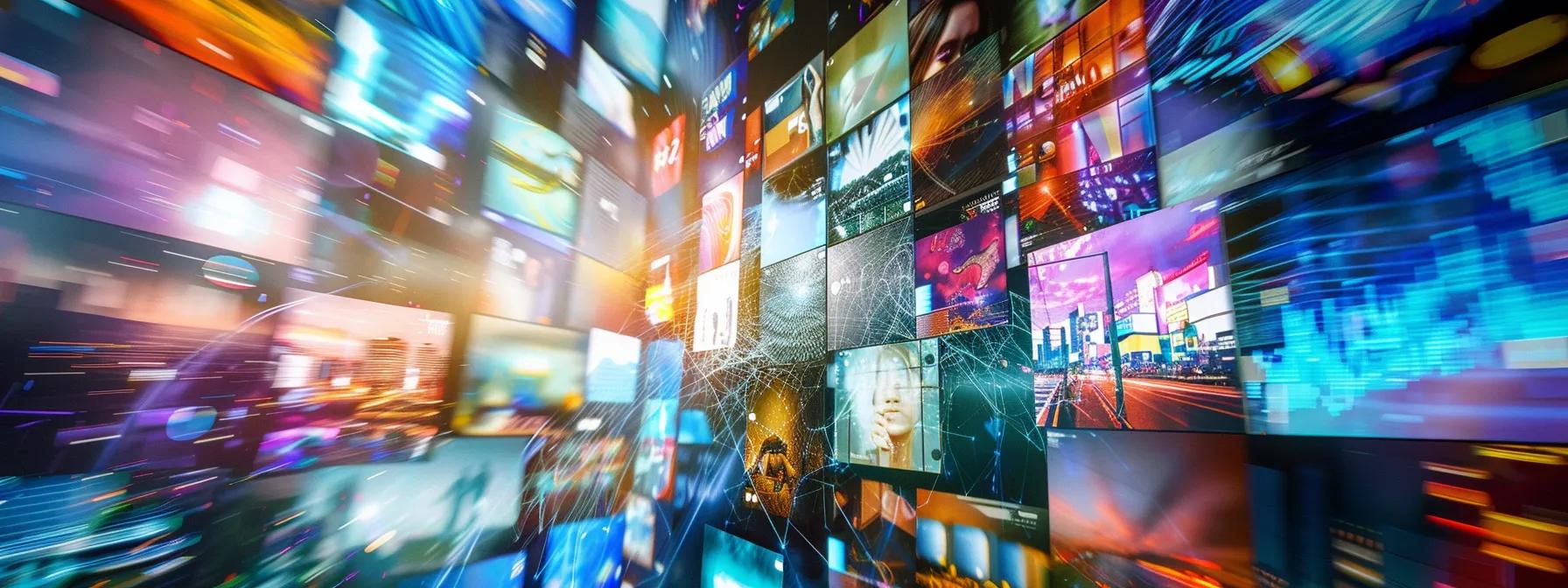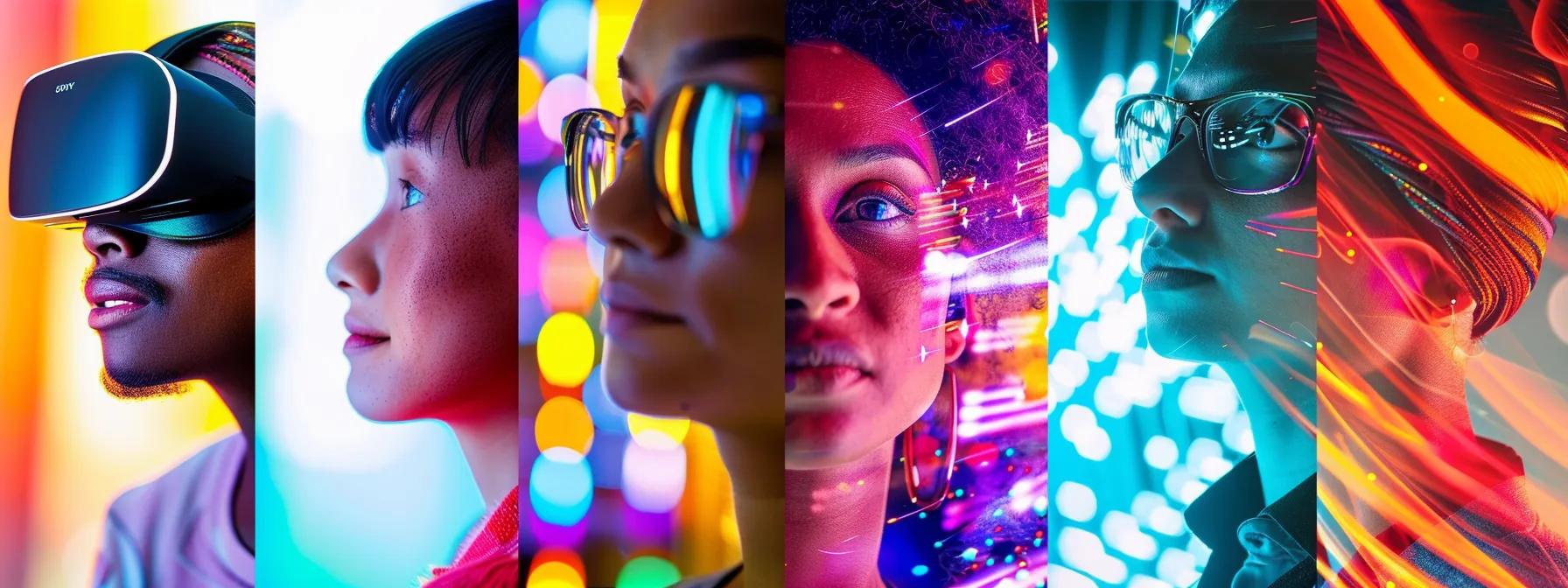How trustworthy are AI ad generators in creating compelling and high-quality ads? As businesses increasingly invest in tools like Adspire AI for their advertising needs, concerns around the quality and effectiveness of the generated content arise. This article will explore the functionality of AI ad generators, assess their performance, and recognize potential drawbacks. Readers will gain insights into user experiences and future trends, ultimately guiding them in making informed decisions when considering AI tools for copywriting and ad creation. Addressing these concerns will help advertisers achieve better scalability and maximize their advertising assets.

Trustworthiness in AI ad generators hinges on their ability to deliver effective marketing campaigns through consistent output quality. Key features of reliable advertisement generators like adspire ai include user-friendly interfaces, adaptability for video content, and appropriate background music integration. Additionally, understanding factors that influence the quality of generated ads, such as audience targeting and content relevance, is crucial for creating Facebook ads that resonate with viewers.
Trustworthiness in AI ad generators is determined by several factors, including the reliability of the underlying technology and the effectiveness of the campaigns they produce. Tools that effectively utilize synthetic media, along with advanced data analysis capabilities and neural networks, tend to deliver higher quality ads that perform better across various platforms such as Amazon ads. By ensuring that the machine learning models are continuously updated and trained on relevant datasets, advertisers can enhance the trustworthiness of these systems and create ads that resonate with their target audience.
Reliable AI ad generators possess several key features that enhance their effectiveness in creating high-quality advertisements. Advanced artificial intelligence capabilities enable seamless video editing and content creation, while intuitive drag and drop interfaces simplify the process for users. These tools are particularly useful for crafting engaging Facebook ads, as they capture audience attention through tailored content and dynamic visual elements, ultimately driving better engagement and performance across platforms.
Several factors play a crucial role in determining the quality of ads generated by AI tools like Creatify. Effective editing capabilities are essential, as they allow marketers to tailor campaigns to specific audiences and platforms, enhancing engagement. Furthermore, features such as chatbots can streamline the interaction process, offering insights into customer preferences at different price points, thereby improving the overall effectiveness of advertising strategies.
AI ad generators offer tools and versatility. Next, it is important to measure how well they perform.

Assessing the performance of AI ad generators involves examining key metrics for measuring engagement and quality. These content creation tools offer insights into their efficiency compared to traditional methods. Industry comparisons highlight how AI ad generators leverage machine learning to produce compelling ads. Furthermore, case studies of successful AI-generated advertisements illustrate the creativity and effectiveness of these tools in real-world applications.
Metrics for measuring engagement and quality in AI ad generators are vital for understanding their effectiveness in enhancing brand awareness. Key performance indicators (KPIs) such as click-through rates (CTR), conversion rates, and user interactions are essential in assessing ad performance through robust analytics. Advertisers can also consider the learning curve associated with utilizing machine learning tools to optimize campaigns, ensuring a smoother experience and improved outcomes for their target audience.
In the realm of marketing, AI ad generators demonstrate notable advancements in driving innovation and efficiency when compared to traditional advertising methods. Their ability to integrate search engine optimization techniques enhances brand visibility, allowing companies to better connect with customers. This performance evaluation underscores the potential of AI ad generators not only in creating compelling advertisements but also in adhering to established policies that govern effective digital marketing practices.
Case studies of successful AI-generated advertisements underline the growing trustworthiness of these tools in crafting compelling ads that effectively communicate a brand‘s value proposition. For instance, campaigns optimized for personalization on social media platforms have demonstrated significant improvements in engagement and conversion rates, especially within affiliate marketing. By leveraging data-driven insights, advertisers are able to create ads that resonate deeply with users, enhancing their overall experience on social media.
The success of AI ad generators shines brightly, proving their worth in creating effective campaigns. Yet, beneath this glimmer, concerns linger that warrant careful examination.

AI ad generators present limitations in creativity and brand voice, which can lead to common issues in online advertising. These tools may struggle to capture unique brand identities, resulting in generic graphics and messages. Consequently, human oversight becomes essential to ensure alignment with marketing strategy and to enhance the effectiveness of social media ads.
The limitations of AI in creativity and brand voice can significantly impact the quality of ads produced. Tools like Superside may offer efficient content creation, yet they often struggle to encapsulate the unique identity of a brand, resulting in outputs that can feel generic. For businesses prioritizing a personalized customer experience, relying solely on AI could breach their cookies policy if user data is not effectively leveraged to enhance engagement. Therefore, thorough research and human oversight remain essential to ensure that advertisements convey a brand‘s core message and resonate with target audiences.
AI-generated ads face common issues related to automation and usability, which can hinder their effectiveness. For instance, while AI can produce content and subtitles efficiently, it may fail to align perfectly with the target audience‘s preferences, resulting in less engaging advertisements. Additionally, the process of exporting these ads often requires meticulous checks, as inconsistencies can arise in branding elements and messaging, thus emphasizing the necessity for human oversight during the production process.
Human oversight is essential in the process of using AI ad generators, as it helps ensure that the advertisements align with brand identity and effectively communicate the value proposition to consumers. While AI can efficiently create ads and potentially enhance lead generation, it may overlook the nuances of human preferences and market demands. For instance, when managing campaigns on platforms like Amazon DSP, integrating human insights can significantly improve the quality and impact of the ads produced.
The limitations of AI ad generators linger in the mind like shadows at dusk. As users take their turn at the helm, their experiences reveal a deeper truth.

User testimonials and case studies provide valuable insights into the performance of AI ad generators, shedding light on their effectiveness in creating compelling ads. An analysis of reviews and ratings of popular tools reveals what users prioritize, such as the quality of copy, ease of brainstorming, and functionality for video ads, all contributing to enhanced visibility. Understanding these factors is essential for advertisers seeking reliable AI solutions.
User testimonials and case studies serve as essential resources for evaluating the reliability of AI ad generators in creating effective advertising campaigns. In particular, feedback from users often emphasizes how these tools influence consumer behavior positively, especially in email marketing strategies that incorporate strong calls to action. Practical examples illustrate that businesses utilizing advanced ads generators report noticeable improvements in engagement metrics, showcasing the technology’s potential to enhance performance and shorten the learning curve for new marketers.
Analyzing reviews and ratings of popular AI tools is essential for gauging their effectiveness in content marketing and digital marketing strategies. Users frequently express their expectations regarding features such as typeface selection and licensing agreements, which play a critical role in ensuring that ads maintain relevance and compliance. Practical insights from user feedback reveal that AI ad generators can significantly enhance campaign performance, provided they align with the specific needs of marketers and adhere to established guidelines.
Users seeking AI ad generators typically prioritize a seamless interface that simplifies their workflow. This ease of use is essential for marketers, as it allows them to focus on creating compelling content rather than navigating complex tools. Features that facilitate efficient ad creation, such as drag-and-drop functionalities and intuitive design elements, enhance the overall user experience, making it more likely that users will trust these tools in generating high-quality ads that meet their campaign objectives:
User experiences shine a light on the present. As these tools evolve, a new horizon of trends in AI ad generation and the quest for trustworthiness beckons.

Innovations in AI advertising are rapidly shaping how ads are created, emphasizing the importance of transparency and ethical use of technology. As trustworthiness remains a pivotal concern, predictions for AI ad quality and engagement will address how advancements can enhance these aspects, ultimately benefiting advertisers by improving campaign effectiveness and audience connection.
Innovations in AI advertising are transforming the landscape of digital marketing by enabling more personalized and engaging ad experiences. Advanced algorithms are increasingly capable of analyzing consumer behavior, leading to the generation of targeted advertisements that resonate with specific audiences. For example, integration of machine learning models allows marketers to adjust campaigns in real-time, optimizing engagement rates and driving higher conversions while maintaining trust and alignment with brand identity.
The growing importance of transparency and ethical use in AI ad generation is becoming increasingly crucial for advertisers seeking trustworthiness in their campaigns. As consumers are more aware of data privacy issues, tools that adhere to ethical standards can foster greater confidence and engagement. For instance, advertisers who openly communicate their data usage practices and ensure compliance with privacy regulations not only build trust with their audience but also enhance the overall effectiveness of their ads, ultimately driving better results.
Predictions for AI ad quality and engagement suggest a significant shift towards greater personalization and enhanced user interaction in advertising. As machine learning algorithms become more sophisticated, they will better analyze consumer behavior, leading to tailored ads that align closely with audience preferences. This development allows marketers to create high-quality ads that not only capture attention but also drive engagement and conversions, thereby addressing the evolving needs of advertisers seeking effective solutions.
As the landscape of advertising shifts, businesses must adapt. The next steps in navigating AI ad generators will reveal essential strategies for success.

Choosing the right AI tool for a brand is fundamental for successful advertising outcomes. Businesses should adopt best practices for using AI in ad creation to enhance engagement. Additionally, implementing strategies for integrating AI into the marketing mix will optimize campaign effectiveness. This section will explore these critical areas, providing actionable insights for businesses considering AI ad generators.
Selecting the right AI tool for a brand is a critical step toward successful advertising results. Advertisers should assess their specific needs, such as content formats and target audiences, to ensure that the chosen generator aligns with their marketing goals. Ultimately, prioritizing tools that offer adaptability, ease of use, and strong analytics will lead to more effective and compelling ads:
Businesses should adopt best practices when utilizing AI for ad creation to enhance the effectiveness of their campaigns. First, clear objectives for advertisements should be established to ensure the chosen AI tool aligns with specific goals, such as increasing conversions or improving brand awareness. Furthermore, regular assessment of performance metrics is crucial to identify areas for improvement, optimizing future ads for better engagement and effectiveness:
Integrating AI into a marketing mix requires a strategic approach to maximize the effectiveness of advertising campaigns. Businesses should first assess their current strategies and identify areas where AI can enhance decision-making and efficiency, such as targeting specific demographics or optimizing ad placements. By combining AI capabilities with human creativity, brands can create ads that resonate more deeply with their audience, ultimately improving engagement and conversion rates. Key strategies include:
Trustworthiness in AI ad generators is crucial for crafting compelling and high-quality advertisements that resonate with audiences. By leveraging advanced technologies and ensuring human oversight, businesses can create tailored ads that align with brand identity while enhancing engagement. Marketers must prioritize tools that offer adaptability, usability, and robust analytics to optimize campaign effectiveness. Emphasizing transparency and ethical practices further reinforces consumer trust, driving better results for advertising strategies.
Transform how I create image ads for my eCommerce business with our AI ad generator. Boost engagement and sales using stunning visuals effortlessly.
Continue Reading